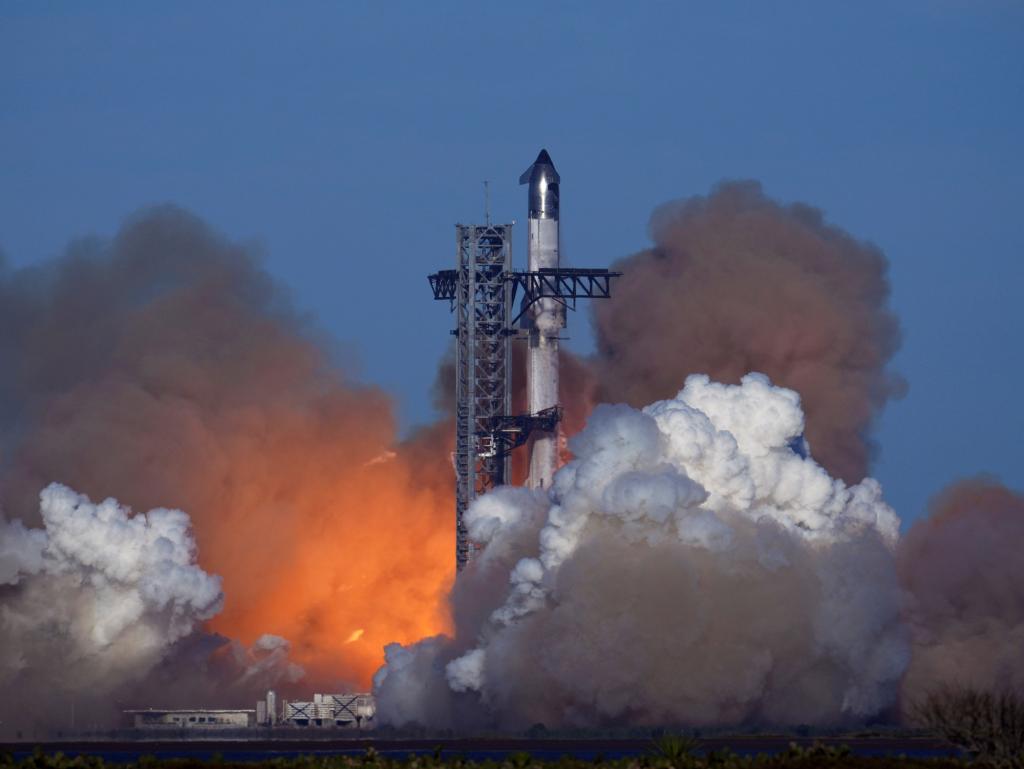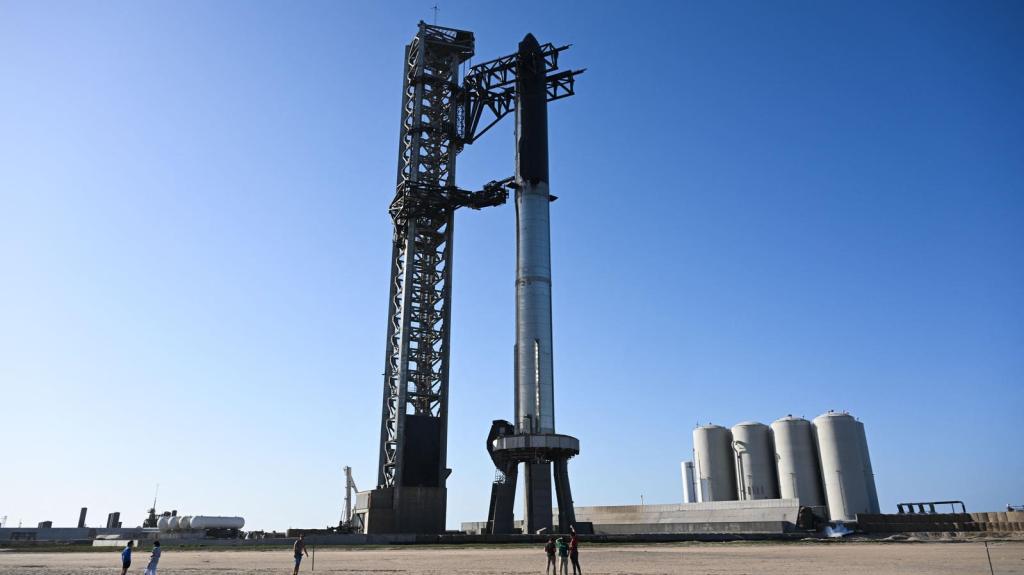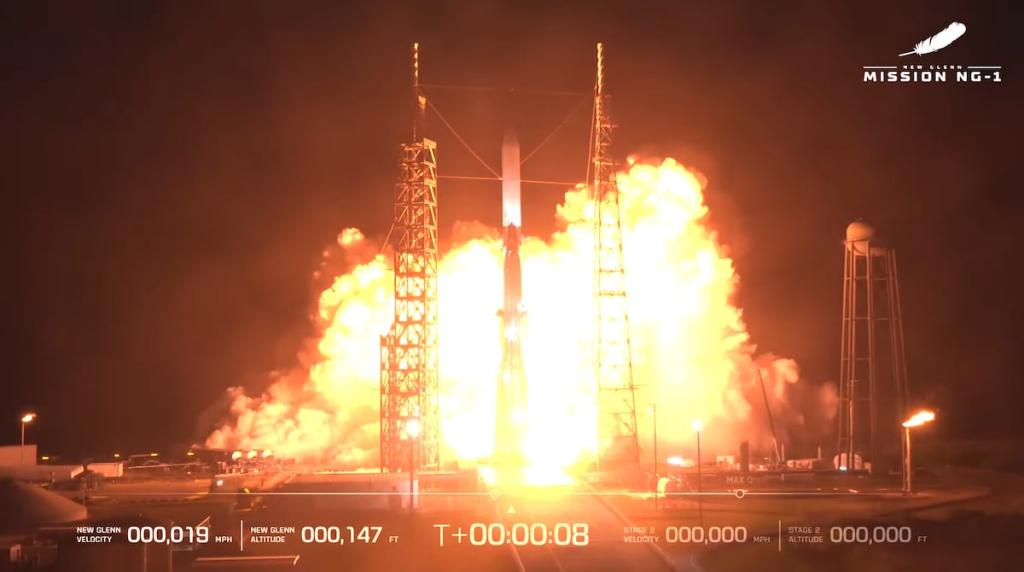China's Shenzhou-19 Mission Advances Lunar Exploration Goals
Join China’s Shenzhou-19 mission as astronauts embark on groundbreaking experiments, setting the stage for ambitious lunar exploration goals.
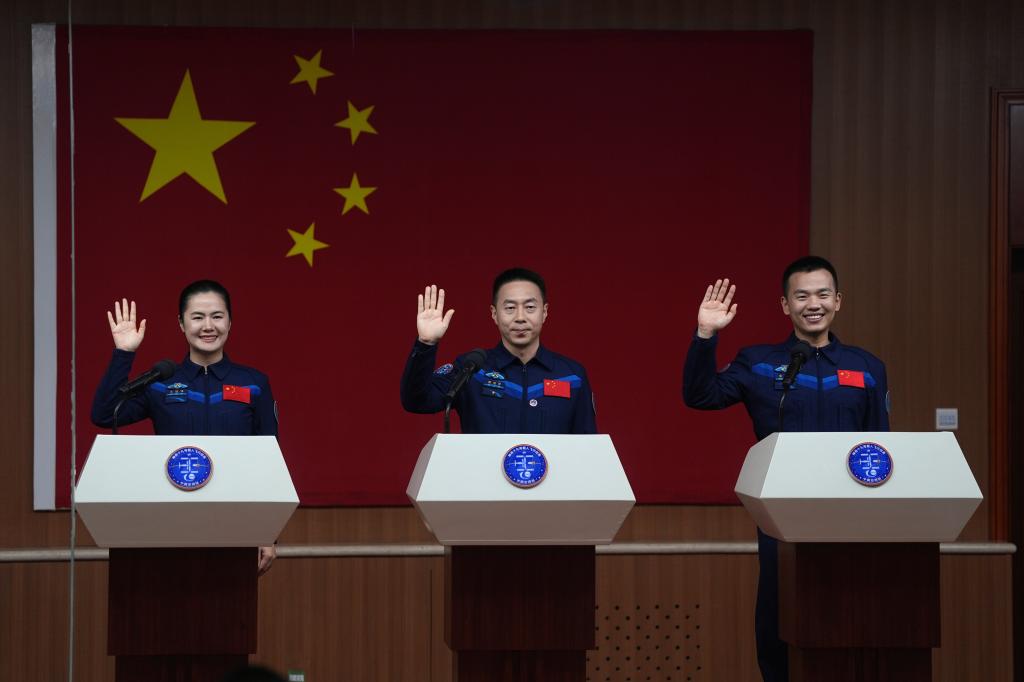
Key Points
- The Shenzhou-19 mission signifies China's commitment to expanding its space exploration efforts, with astronauts conducting vital experiments aboard the Tiangong
space station.
- This mission aims to pave the way for China's goal of sending astronauts to the moon by 2030, marking a pivotal moment in its space program.
- The crew's scientific work will address the challenges posed by space debris, enhancing safety and contributing to future lunar colonization efforts.
In a remarkable leap forward in its quest to become a leading power in space exploration, China launched a new crew of three astronauts to its orbiting space station, Tiangong. This mission, named Shenzhou-19, represents a significant milestone not only for China but for the global community, as it reflects the nation's persistent ambition to expand its presence beyond Earth.
The Shenzhou-19 mission, which took off from the Jiuquan Satellite Launch Center on October 30, 2024, is not just about replacing crew members; it embodies China's ambitious plans for lunar exploration and beyond. The crew consists of mission commander Cai Xuzhe, a veteran who previously flew on Shenzhou-14, and two first-time space travelers, Wang Haoze and Song Lingdong. Wang is notable for being China’s sole female spaceflight engineer and the third woman to participate in a crewed mission.
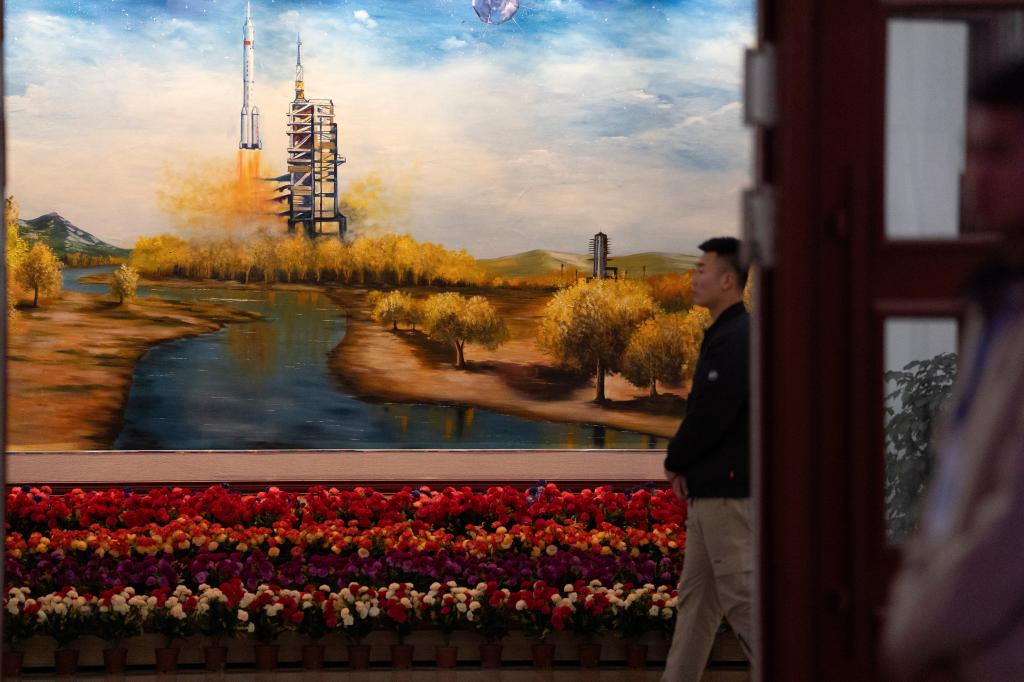
Goals and Missions Ahead
During a six-month stay at Tiangong, the crew will engage in a variety of critical scientific experiments designed to push the boundaries of human knowledge in space. They are tasked with conducting spacewalks, installing equipment, and testing new technologies that aim to safeguard the space station from increasing debris in orbit. The mission serves to enhance China's credentials as a spacefaring nation and contribute valuable research applicable to future lunar missions.
The overarching vision of the Chinese space program includes sending astronauts to the moon by 2030, a feat that would make China the second nation to accomplish this after the United States. This goal is not merely aspirational but is backed by technological innovations and investment. For example, China has successfully landed explorers on Mars and returned lunar samples from the far side of the Moon, showcasing its growing capabilities in space exploration.

Achievements and Challenges
The Chinese space program has marked several milestones since its inception, including launching its first crewed mission in 2003, making it the third nation to achieve human spaceflight. However, it is essential to recognize the challenges posed by space debris. Increased concern about debris management has become a priority for space agencies worldwide, including China's. The operations conducted by Shenzhou-19 will help develop effective strategies for navigating and mitigating these risks, which have the potential to impact all space-faring nations.
China’s program stands out for its commitment to systematic progress and detailed planning. Each mission is meticulously designed to build on the successes and learnings of prior missions. For instance, the current crew aims to gather data on how lunar soil imitants react under extreme conditions, paving the way for future construction projects on the Moon's surface. This embodies a pragmatic approach that merges scientific inquiry with the practicalities of future colonization efforts.

A Bright Future for Space Exploration
China’s renewed focus on space is not just a national endeavor but a contribution to humanity's collective exploration. Other countries, such as the United States, Japan, and India, are also ramping up their efforts in this race. The friendly competition may ultimately yield collaborative efforts and innovations that benefit the global community.
As space exploration advances, so too do the opportunities for international partnerships and shared knowledge. The actions of the Shenzhou-19 mission and its crew represent both national pride and a step towards greater cooperation in the vast realm of space. With timelines set firmly on lunar missions and beyond, the future looks bright, not only for China but for all of humanity.
In summary, the Shenzhou-19 mission is pivotal for China as it expands its role in space exploration. The ambitions to conduct scientific research aboard Tiangong, coupled with the aim of sending astronauts to the Moon within the next decade, underscore a commitment to pushing the boundaries of what is possible in space. As we witness these developments, we are reminded that exploration always brings us closer as a global community, united in our quest for knowledge and discovery in the cosmos.
